
下载亿题库APP
联系电话:400-660-1360

下载亿题库APP
联系电话:400-660-1360

请谨慎保管和记忆你的密码,以免泄露和丢失

请谨慎保管和记忆你的密码,以免泄露和丢失
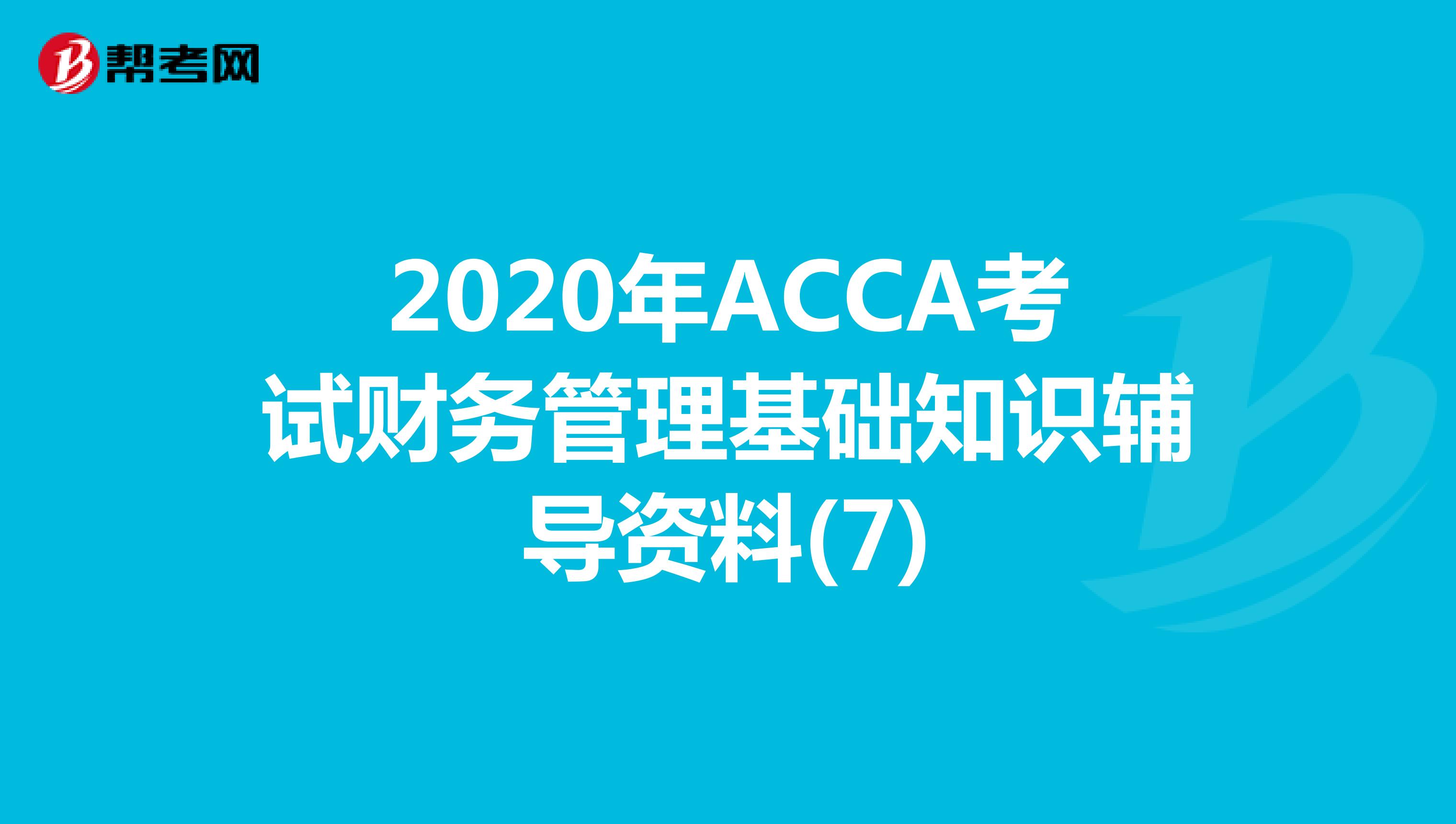
今日帮考网为大家分享2020年ACCA考试财务管理基础知识辅导资料(7),供大家参考,希望对大家有所帮助,查看更多备考内容请关注帮考网ACCA考试频道。
Strategic planning in an age of turbulence
Planning approaches
Three approaches to strategy are summarized in Johnson, Scholes and Whittington’s strategic lenses:
1. Strategy as experience. Here, strategic development is the adaptation of past strategies based on experience. In this view, strategy is greatly influenced by taken for granted assumptions, one of which is that the world will advance in a gradual, linear and relatively predictable way.
2. Strategy as design. Here, strategy development is a process of logical and rational thought. Developments that arise are evaluated; resources allocated and specific strategies are followed.
3. Strategy as ideas. Strategies are needed to cope with uncertain, unpredictable and changing environments.
There are analogies here with a suggestion made by Professor Vijay Govindarajan – namely that organizations should place their planning projects into three boxes:
Short term – projects here are about managing the present and would include process improvement, product and market development. These projects are in response to linear (therefore non-turbulent) changes in an industry.
Medium-term – projects here concern ‘selectively forgetting the past’ and they are driven by non-linear changes such as the Internet and the ‘Arab Spring’. Projects here are aimed at moving into areas neighboring the organization’s core activities.
Long term – entirely new business ventures. Very speculative, and based on many assumptions.
It is important to realize that the three approaches in each model are not mutually exclusive and that all three will be carried on in parallel:
It is important that the present is managed carefully and making use of experience and expected developments.
It is also important that organizations move forward steadily and adapt to changing opportunities.
At the same time, organizations should be aware of, or should attempt to predict, more radical longer-term changes. Although those changes might not be in place for 10–20 years, work to prepare for them might have to begin now.
In relatively stable times, a company might divide its projects and efforts over the three categories in the ratio 50/30/20. Note that even under conditions of stability, substantial effort should be given to long-term projects.
In turbulent times, companies that are panicked will have projects in category 1 only. They become obsessed about clinging to the safe and familiar, and important longer-term projects might be abandoned. However, a better approach would be to keep projects in all three categories, but perhaps reduce the number in each. Reducing the number in each provides some safety because less investment spent on projects provides something of a buffer in turbulent conditions. However, this approach allows attention still to be paid to the long-term future of the organization by insisting that longer-term projects are always important.
以上就是帮考网给大家带来的全部内容,相信小伙伴们都了解清楚。预祝大家在ACCA考试中取得满意的成绩,如果想要了解更多关于ACCA考试的资讯,敬请关注帮考网!
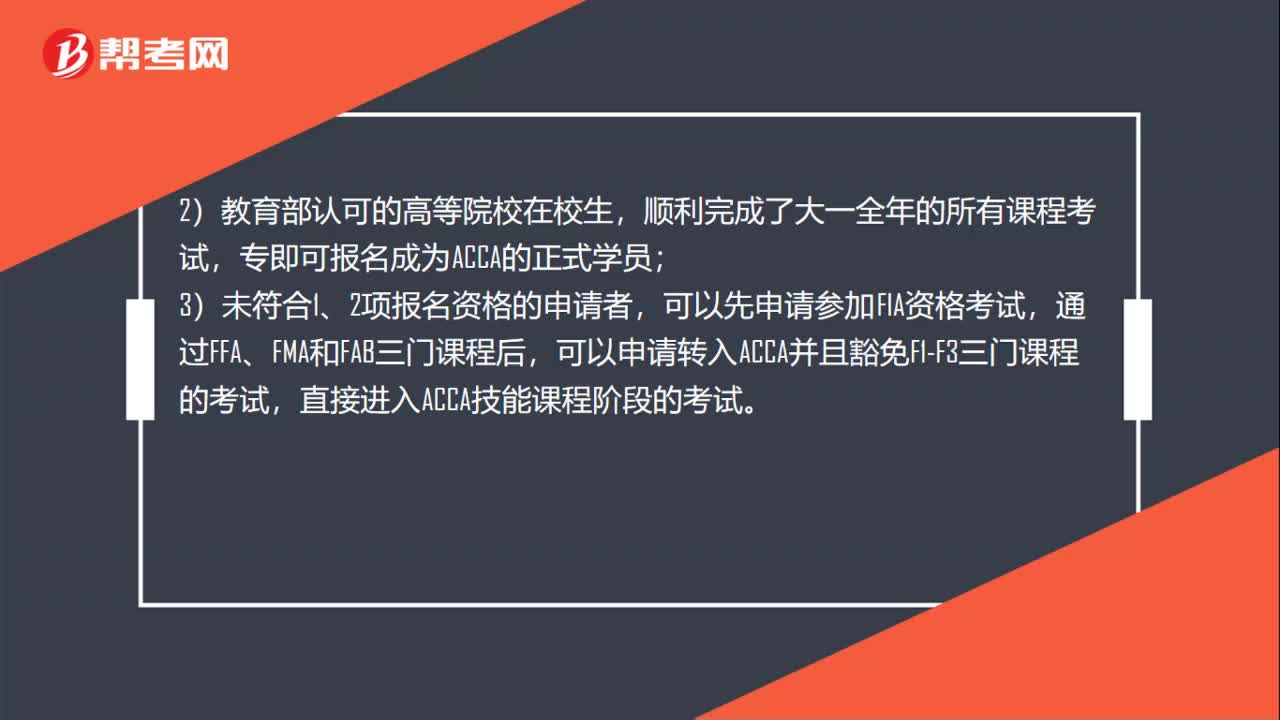 63
63ACCA报考有年龄限制吗?:ACCA报考有年龄限制吗?ACCA报考是没有年龄限制的,报名参加ACCA考试,1.凡具有教育部承认的大专以上学历,即可报名成为ACCA的正式学员;顺利完成了大一全年的所有课程考试,专即可报名成为ACCA的正式学员;3.未符合1、2项报名资格的申请者,可以先申请参加FIA资格考试,通过FFA、FMA和FAB三门课程后,可以申请转入ACCA并且豁免F1-F3三门课程的考试。
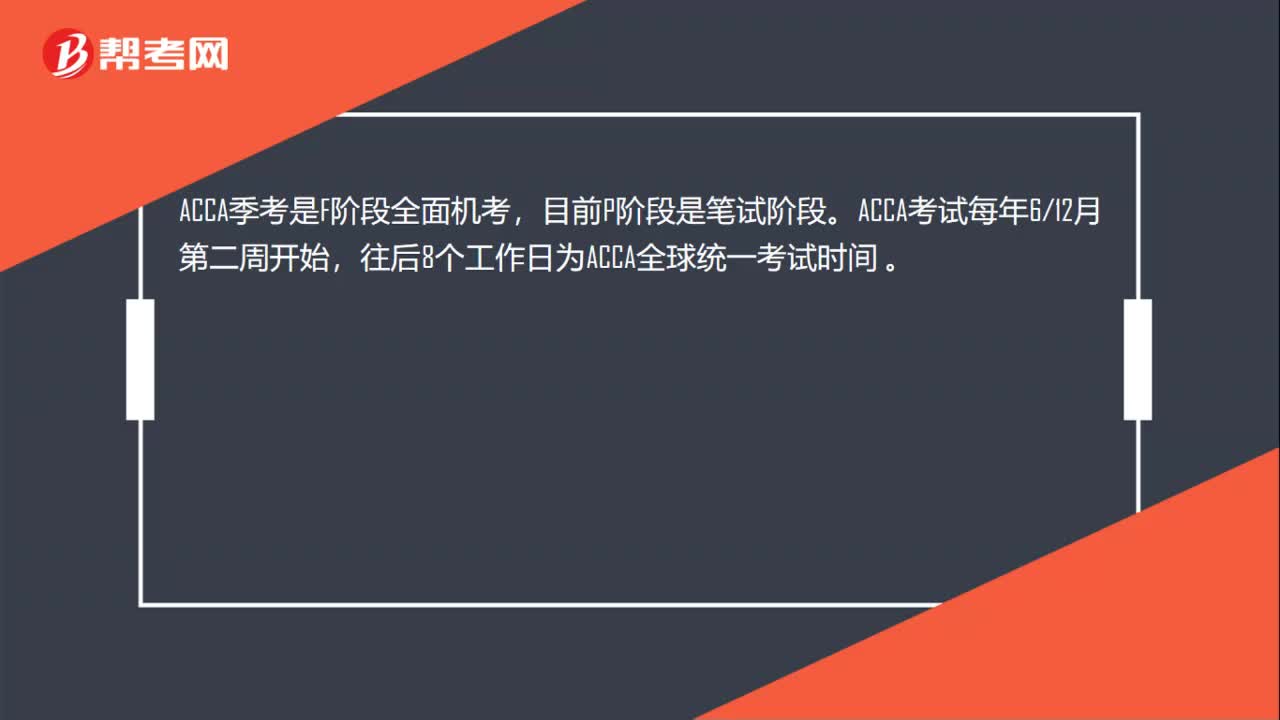 25
25ACCA每年的考试时间是什么时候?:ACCA每年的考试时间是什么时候?ACCA季考是F阶段全面机考,目前P阶段是笔试阶段。ACCA考试每年612月第二周开始,往后8个工作日为ACCA全球统一考试时间。
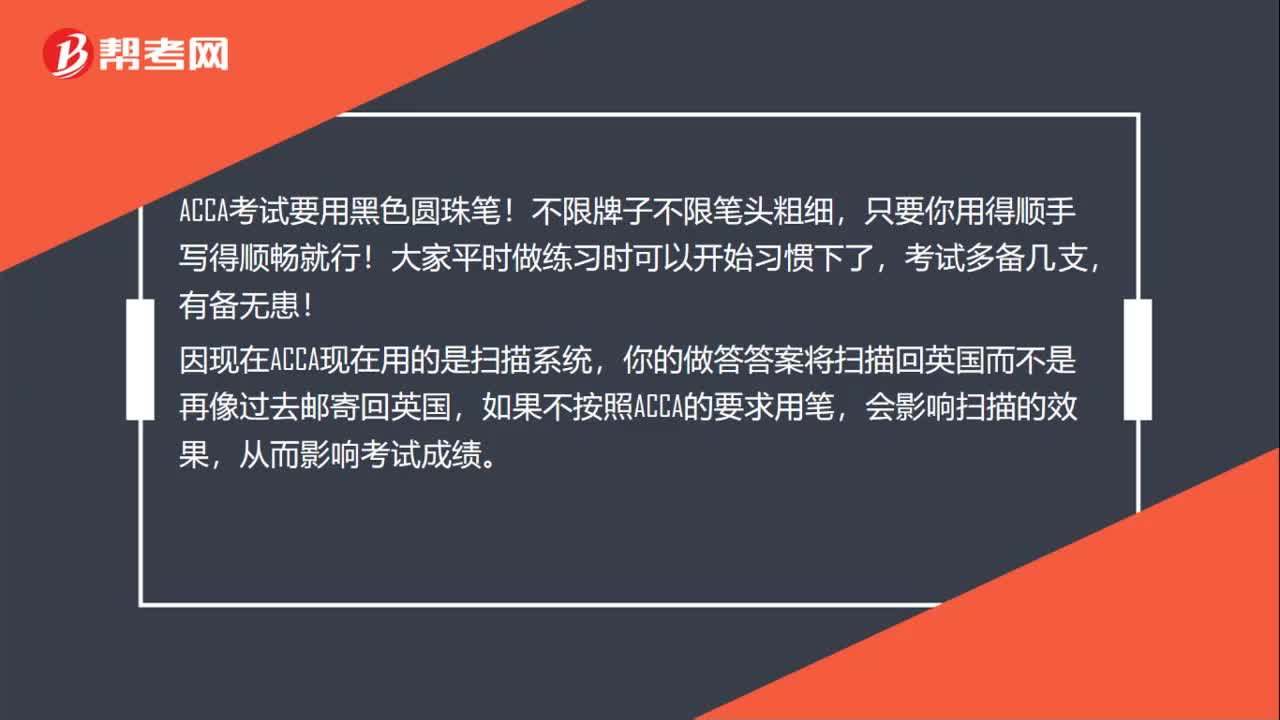 40
40ACCA考试用什么笔?:ACCA考试用什么笔?ACCA考试要用黑色圆珠笔!不限牌子不限笔头粗细,只要你用得顺手写得顺畅就行!大家平时做练习时可以开始习惯下了,考试多备几支,有备无患!因现在ACCA现在用的是扫描系统,你的做答答案将扫描回英国而不是再像过去邮寄回英国,如果不按照ACCA的要求用笔,会影响扫描的效果,从而影响考试成绩。
 01:03
01:032020-06-04
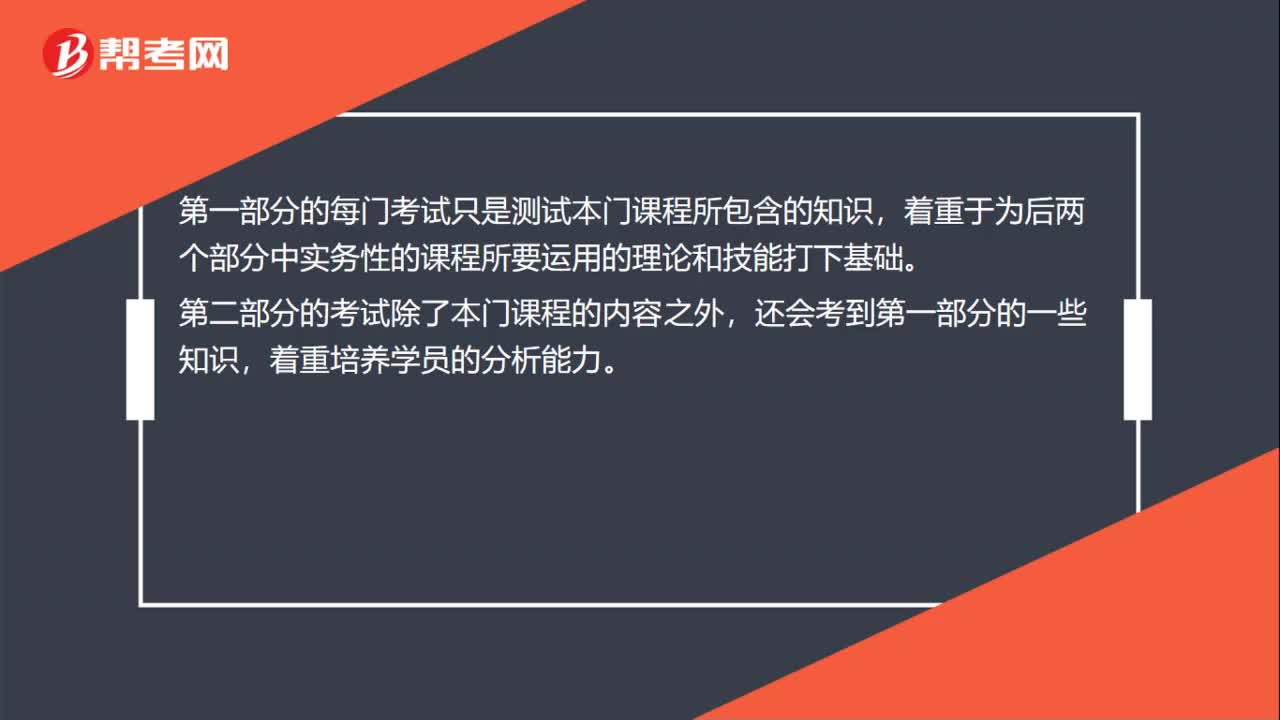 01:20
01:202020-06-04
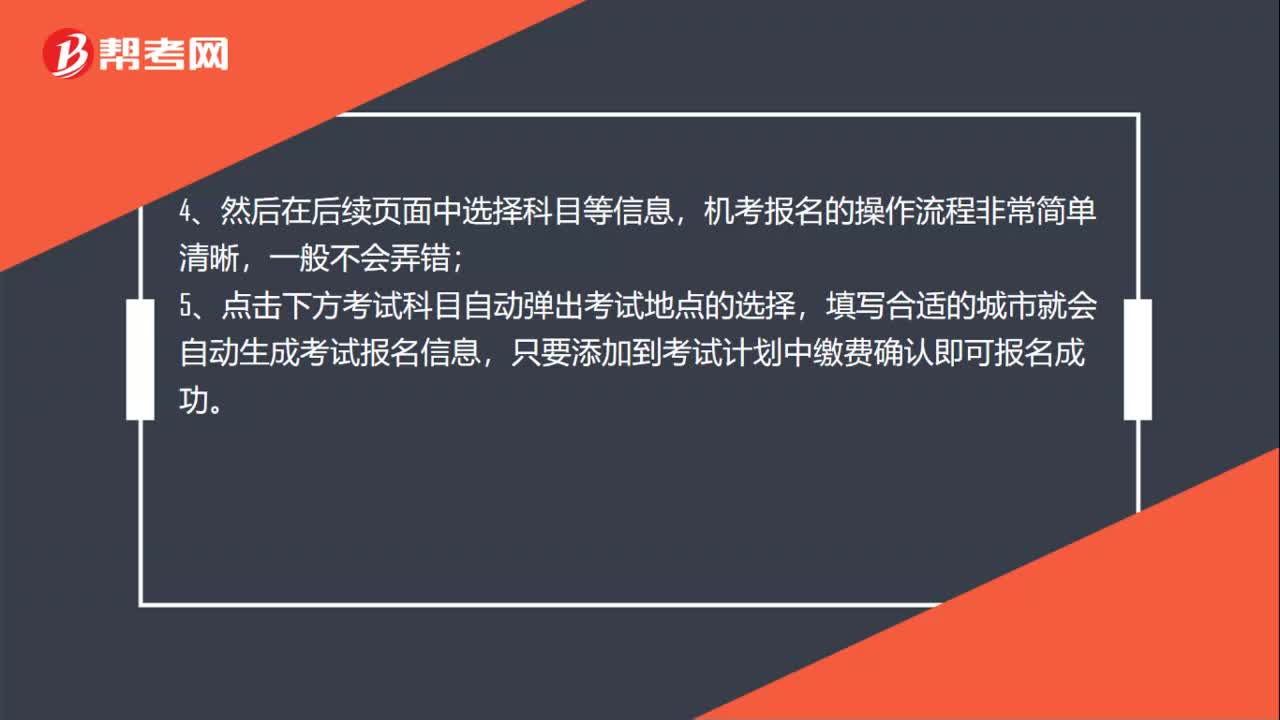 01:21
01:212020-06-04
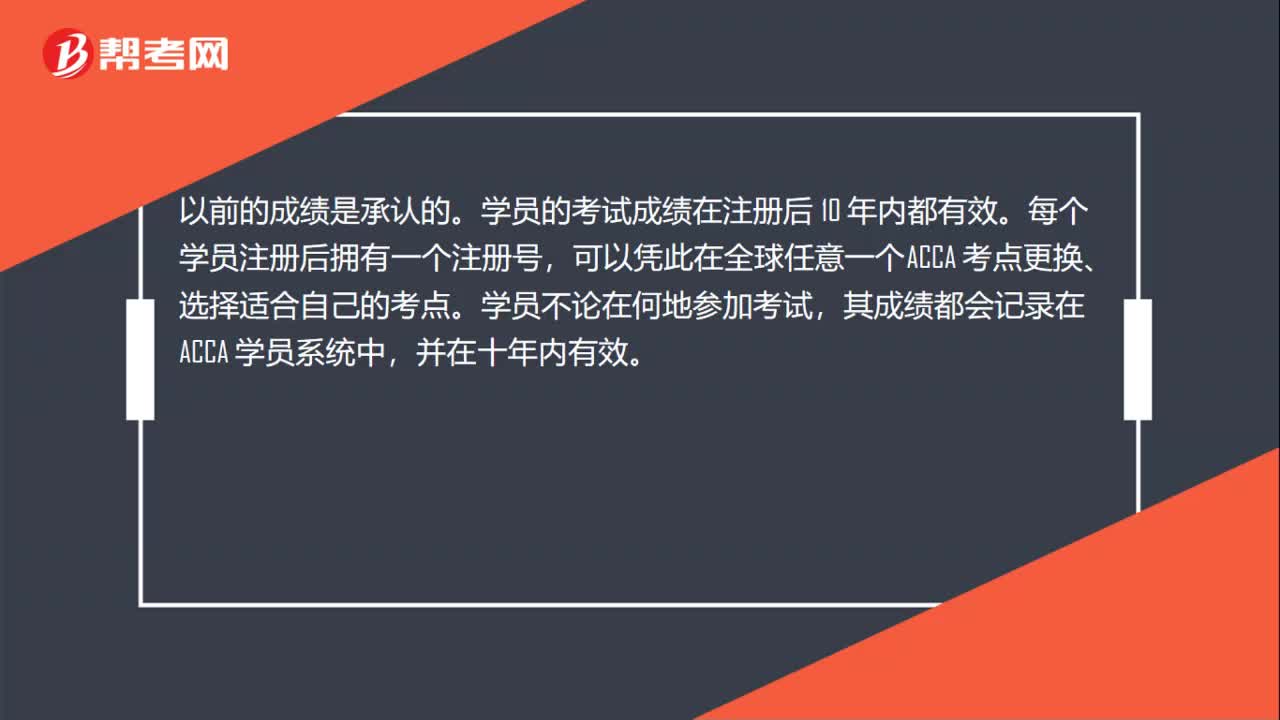 00:34
00:342020-06-04
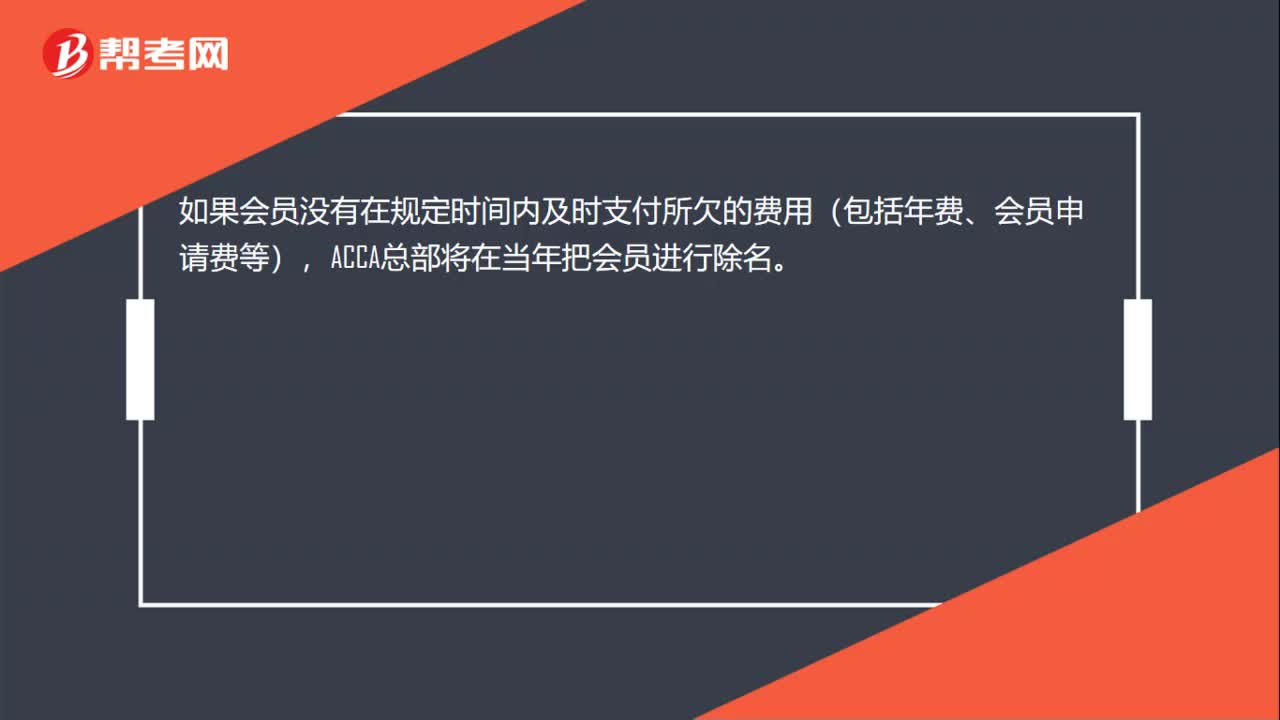 00:19
00:192020-06-04

微信扫码关注公众号
获取更多考试热门资料